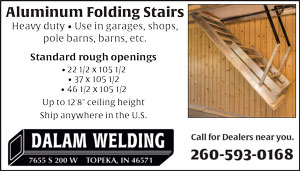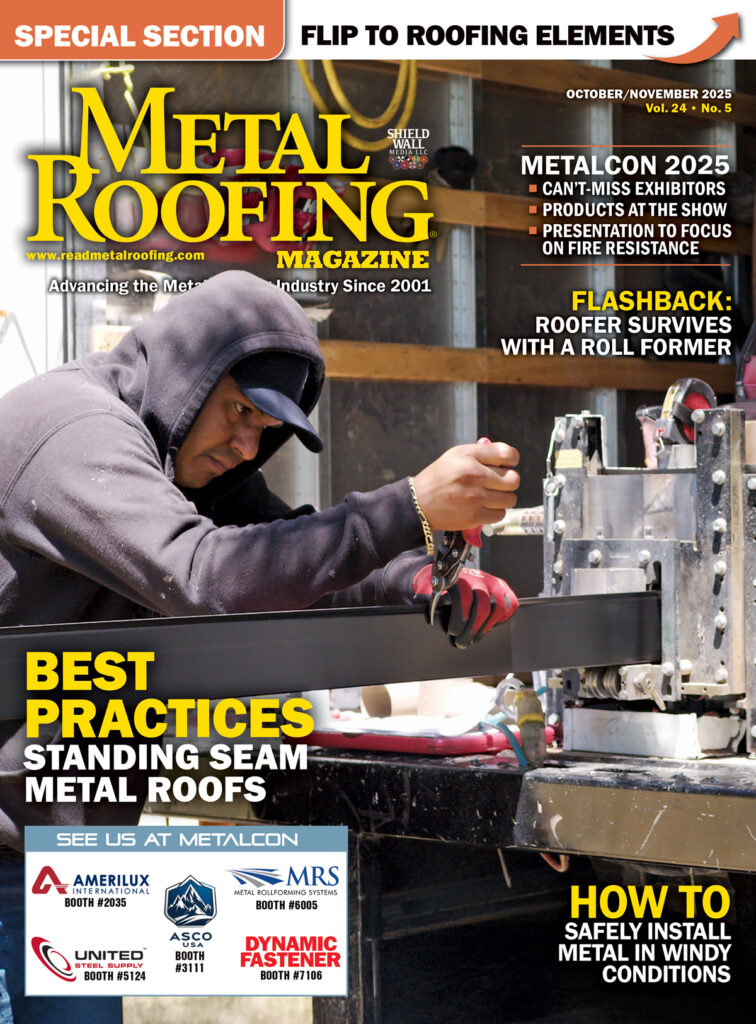When using clamps to attach accessories to a standing seam roof the applications are virtually endless. From snow retention and solar panels to signage, HVAC units and even stabilizing gas piping, standing seam clamps are used to keep the units in place.
However, knowing which clamp to use for a specific accessory and how the clamps carry the load is critical to durable performance. For example, the Dyna-Clamps used for snow retention have two attachment setscrews that, when properly installed and torqued, keep the clamp from migrating down the seam when under a load, according to Jerod Webber, with Dynamic Fastener [www.dynamicfastener.com]. Testing of clamps for snow retention should be done on a variety of panel types and manufacturers. This testing information will aid in calculating how many clamps are needed and the pattern in which the clamps need to be installed to properly handle the loads required for a specific project.
When planning for roof-top attachment of accessories such as solar panels, the clamps used are a “mini style,” which involves only one setscrew for attaching the clamp to the standing seam. A word of caution: this type of clamp should not be used for snow retention management systems. Mini-style clamps, as explained by Webber, are used for mounting applications where the load from the accessory being mounted on the roof transfers to the structural members of the roof system.
In both instances, the clamps described here will also have accessory mounting holes that will allow multiple options for attachment.
Maximum Loads
When it comes to testing clamps on various panels, there’s a wide range of ultimate load values. The weak link/failure of the system being tested is typically the panel seam itself. Steve Butler, with Dynamic Fastener, explained that concerning the multitude of various 24-gauge panel seams tested in third-party independent labs, Dyna-Clamp values range anywhere from 650 pounds ultimate all the way to 3,000 pounds ultimate. Additional determining factors in clamp load values include panel type, profile, and thickness.
As discussed, using the proper clamp specific to the standing seam profile is imperative. If the selected clamp doesn’t fit the configuration of the standing seam appropriately, the holding capacity of the clamp will be compromised. Installing the wrong clamp can also cause extensive damage to the roof panel.
Do’s and Don’ts
• When installing the two setscrews both should be installed on the same side. The setscrew tightening should alternate between each setscrew to work out the play in the seam.
• Panel configuration will determine which side the setscrews should be installed. Contact the clamp manufacturer for details.
• Be sure to use proper setscrew torque when installing. This technique is critical to achieving required/tested load values.
• Using a calibrated torque wrench for installation helps to ensure that correct torque is applied.





















